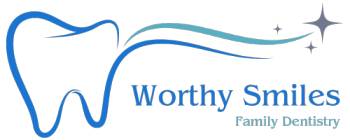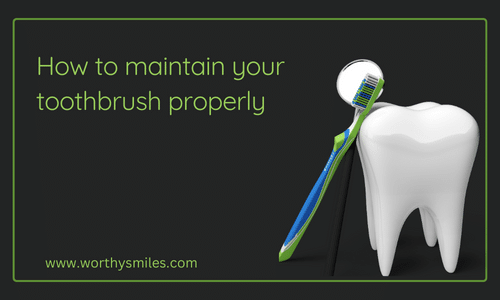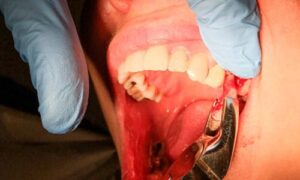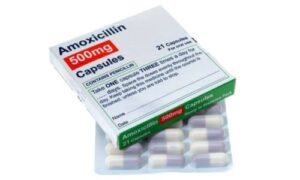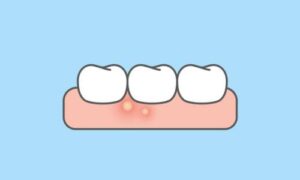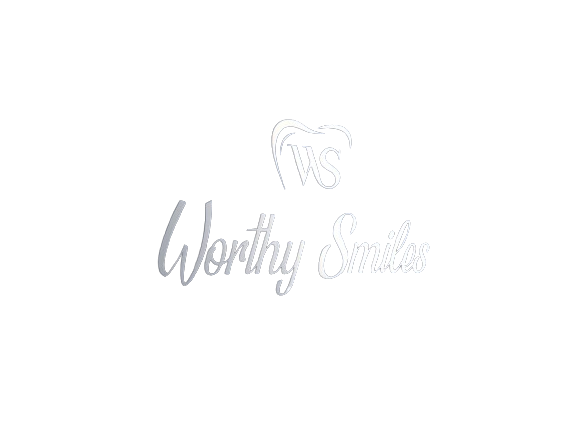Most likely, you use your toothbrush daily to remove germs and plaque from the surface of your tongue and teeth.
After a thorough brushing, your mouth will be significantly cleaner, but the toothbrush will now carry the bacteria and debris from your mouth.
Your toothbrush is also likely to be kept in the bathroom, where germs may linger in the air.
This post will discuss how to maintain your toothbrush correctly so you can use it without worry.
Cleaning a toothbrush
There are various ways to clean your toothbrush after each usage. Some have a more significant impact than others.
Before and after every usage, wash it with hot water.
You are running hot water over the bristles of your toothbrush before and after each use is the simplest and most effective way to sanitize it.
Doing this eliminates any germs accumulated on your toothbrush in the intervals between brushings. Additionally, it removes any fresh germs that could have developed between uses.
Most individuals may disinfect their toothbrushes between usage by running them under clean, hot water.
Warm the toothbrush head slightly in hot water before adding toothpaste. It should be possible to create steam from the water.
Rinse your brush with hot water after thoroughly brushing your teeth and mouth.
In antimicrobial mouthwash, soak it.
If rinsing with hot water doesn’t calm your nerves, you may soak your toothbrush in an antimicrobial mouthwash.
Due to the abrasive components in these mouthwashes, which cause bristles to break down, remember that doing this might cause your toothbrush to wear out more quickly.
Following each brushing, you should place your toothbrush and head down in a small cup of mouthwash for approximately two minutes.
Should toothbrushes be boiled?
Although most toothbrush handles may start to melt in boiling water, boiling water is not necessary to get your toothbrush clean enough to use.
Use a tea kettle or a stovetop pot to warm the water if you still want to use boiling water. After it boils, turn off the heat and immerse your toothbrush for about 30 seconds.
Toothbrush cleaner
You may clean your toothbrush using denture cleaning solution, hot water, and mouthwash.
Antimicrobial components included in denture cleaners work to eliminate oral germs and plaque.
Never use the same denture cleaner again on the same set of dentures.
To get your toothbrush particularly clean, dissolve half a cleaning tablet in a cup of water and soak it for 90 seconds.
How to clean the electric toothbrush head?
Generally, cleaning an electric toothbrush head is similar to cleaning a regular toothbrush.
Before using anything other than toothpaste and warm water on your toothbrush, unplug the toothbrush head from the electric base.
Use warm water or a brief mouthwash soak, and keep your electric toothbrush in a clean, dry area if it doesn’t disengage from the base.
How to maintain your toothbrush correctly?
After disinfecting your toothbrush, you may take precautions to maintain it clean.
It’s as vital to store your toothbrush correctly as it is to clean it after each usage.
Keep it in a daily-changed hydrogen peroxide solution.
According to 2011 research, putting your toothbrush in a little cup of hydrogen peroxide is a practical strategy to minimize bacterial development.
Every day, change the hydrogen peroxide before placing your toothbrush into the cup; bristles first.
Avoid keeping toothbrushes next to one another.
The bristles of many toothbrushes thrown together in a cup may get contaminated with germs.
If there are numerous occupants in your home, space out each toothbrush from the others by a few inches.
Keep it away from the bathroom as much as you can
The “toilet plume” phenomenon occurs when you flush the toilet and causes faeces to ascend into the air.
This plume disperses dangerous germs overall washroom surfaces, including your toothbrush.
Your toothbrush may be shielded from harmful germs by being kept in a medicine cabinet with closed doors. You may also keep your toothbrush as far away from the bathroom as possible.
Tidy toothbrush holders and covers
Any toothbrush coverings and storage containers you use to keep your toothbrushes might get contaminated with bacteria from your toothbrush.
Every two weeks, clean the containers and coverings for your toothbrushes to prevent the growth of hazardous germs.
Your toothbrush doesn’t have to be covered, but if you do, let it air dry first. The bristles of a wet toothbrush may get more contaminated if covered.
Put toothpaste in a dispenser to maintain your toothbrush properly
There is always a possibility that making touch with the toothpaste tube while using your toothbrush to apply toothpaste can spread germs.
To minimize the possibility of cross-contamination, utilize a toothpaste pump dispenser.
When should I change my toothbrush?
Sometimes switching out your toothbrush is the best method to ensure it is clean.
Generally speaking, you must change your toothbrush or head every three to four months.
In addition, you should discard your toothbrush in each of the following situations:
Your household has a sick member. Using your toothbrush after you or anybody in your home has been ill with the flu or strep throat increases the risk of infection.
Your toothbrush was shared. You cannot thoroughly clean your toothbrush if it has been used by someone else. Because each person has a different oral flora, you shouldn’t wash your mouth with germs.
Am I using too Much Toothpaste Good for Oral Health?
Takeaway
You attempt to scrub your mouth with a filthy toothbrush without sufficient disinfection. Your mouth’s microorganisms may be present on your toothbrush. If your toothbrush isn’t thoroughly cleaned, these germs may grow.
Most individuals undoubtedly assume that washing their toothbrush in hot water after each use is adequate to disinfect it.
Simple soaking techniques with mouthwash, hydrogen peroxide, or denture cleaning can sterilize your toothbrush if you wish to take the procedure further.
